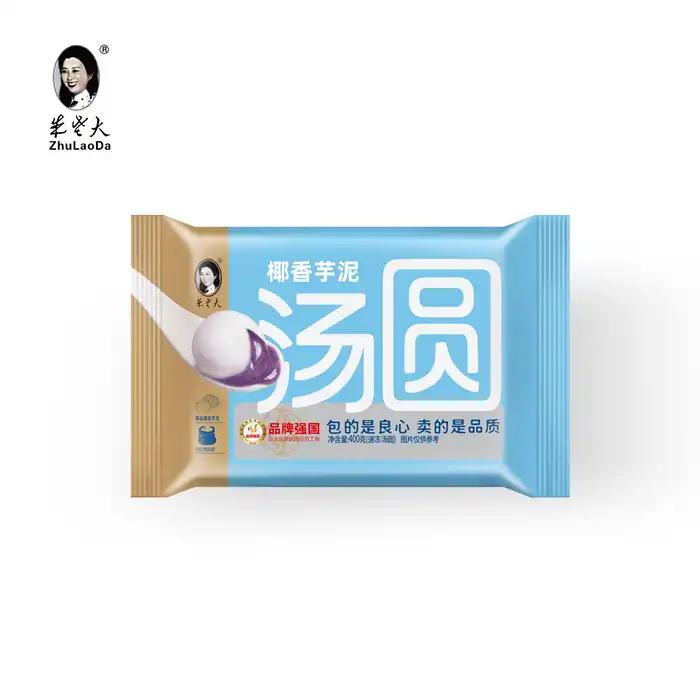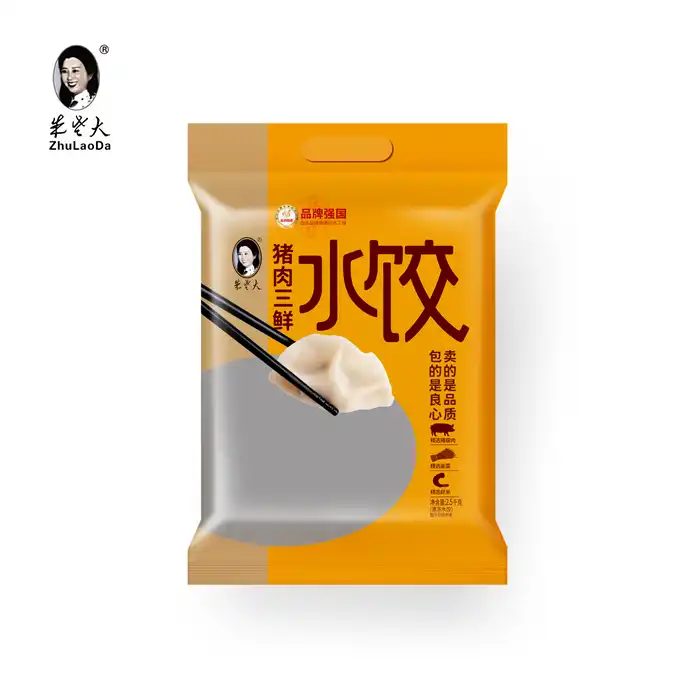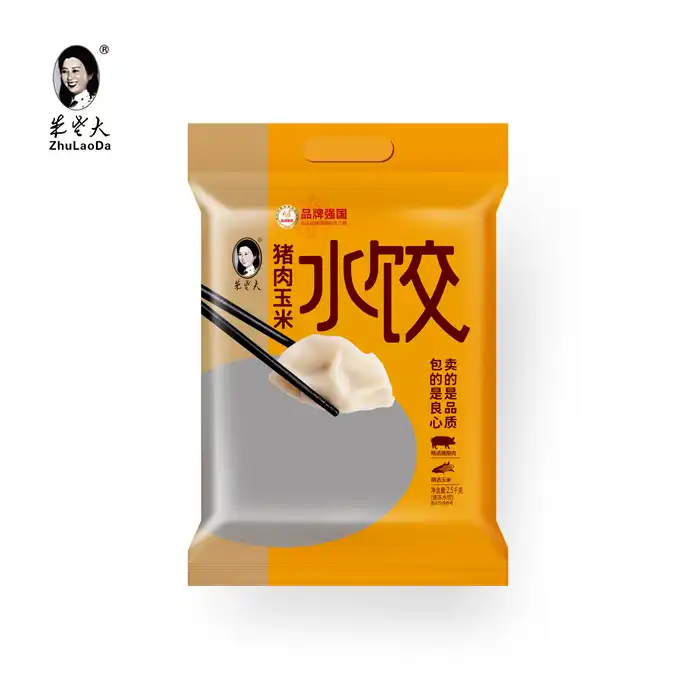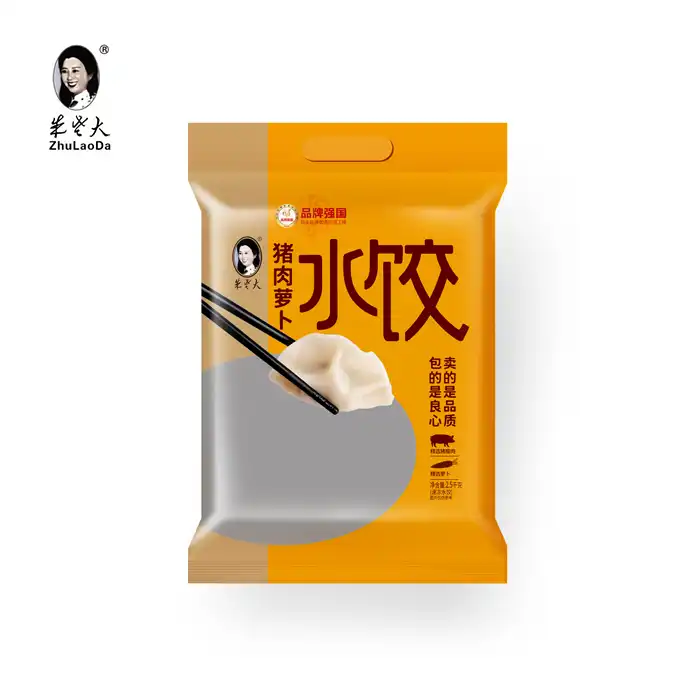- English
- French
- German
- Portuguese
- Spanish
- Russian
- Japanese
- Korean
- Arabic
- Greek
- German
- Turkish
- Italian
- Danish
- Romanian
- Indonesian
- Czech
- Afrikaans
- Swedish
- Polish
- Basque
- Catalan
- Esperanto
- Hindi
- Lao
- Albanian
- Amharic
- Armenian
- Azerbaijani
- Belarusian
- Bengali
- Bosnian
- Bulgarian
- Cebuano
- Chichewa
- Corsican
- Croatian
- Dutch
- Estonian
- Filipino
- Finnish
- Frisian
- Galician
- Georgian
- Gujarati
- Haitian
- Hausa
- Hawaiian
- Hebrew
- Hmong
- Hungarian
- Icelandic
- Igbo
- Javanese
- Kannada
- Kazakh
- Khmer
- Kurdish
- Kyrgyz
- Latin
- Latvian
- Lithuanian
- Luxembou..
- Macedonian
- Malagasy
- Malay
- Malayalam
- Maltese
- Maori
- Marathi
- Mongolian
- Burmese
- Nepali
- Norwegian
- Pashto
- Persian
- Punjabi
- Serbian
- Sesotho
- Sinhala
- Slovak
- Slovenian
- Somali
- Samoan
- Scots Gaelic
- Shona
- Sindhi
- Sundanese
- Swahili
- Tajik
- Tamil
- Telugu
- Thai
- Ukrainian
- Urdu
- Uzbek
- Vietnamese
- Welsh
- Xhosa
- Yiddish
- Yoruba
- Zulu
What is tangyuan made of?
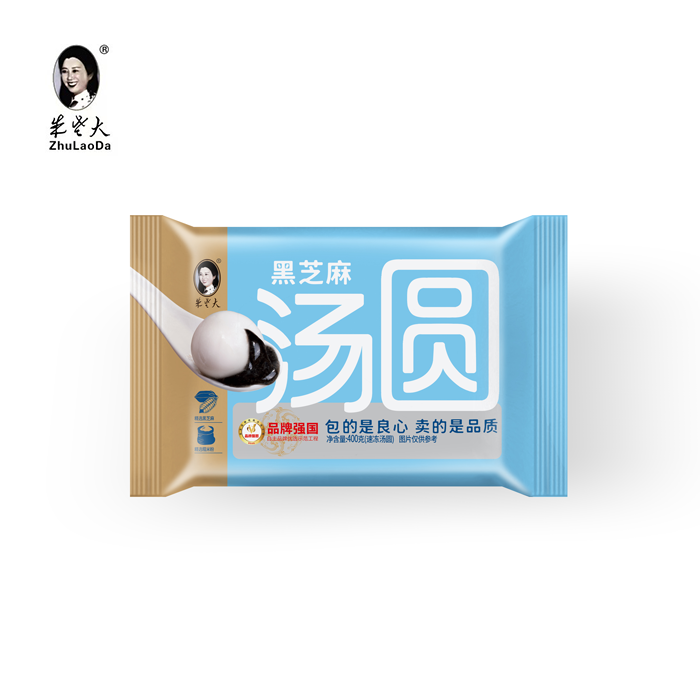
Tangyuan, a beloved Chinese dessert, is primarily made of glutinous rice flour and water, forming a soft, chewy dough. This dough is then shaped into small balls and often filled with sweet or savory ingredients. Black sesame tangyuan, a popular variety, features a rich filling of ground black sesame seeds, sugar, and sometimes peanuts. The outer layer is typically smooth and translucent when cooked, while the filling provides a burst of flavor. Additional ingredients may include white sesame seeds, various nuts, or sweet bean pastes, depending on regional preferences and variations.
The Rich History and Cultural Significance of Tangyuan
Origins and Evolution of Tangyuan
Tangyuan boasts a history spanning over a thousand years, with its roots deeply embedded in Chinese culture. Originally known as "yuanxiao," these glutinous rice balls have evolved from a simple offering to the moon goddess into a cherished delicacy enjoyed during various festivities. The transition from yuanxiao to tangyuan occurred gradually, with regional variations contributing to its diverse flavors and preparation methods.
Symbolism and Traditions
In Chinese culture, tangyuan holds profound symbolic meaning. The round shape of these glutinous rice balls represents unity, completeness, and family togetherness. Traditionally consumed during the Lantern Festival, which marks the end of the Chinese New Year celebrations, tangyuan has become an integral part of family gatherings and cultural observances. The act of making and sharing tangyuan strengthens familial bonds and preserves age-old traditions.
Regional Variations and Flavors
While black sesame tangyuan remains a classic favorite, the world of tangyuan offers a myriad of flavors and regional specialties. Northern China often favors savory fillings like minced meat or vegetables, while southern regions lean towards sweet variations. Some unique regional twists include the addition of osmanthus flowers in Suzhou or the use of brown sugar syrup in Taiwan. These diverse interpretations showcase the adaptability and enduring appeal of tangyuan across different Chinese communities.
The Art of Making Black Sesame Tangyuan
Selecting Quality Ingredients
Creating the perfect black sesame filling tangyuan begins with choosing high-quality ingredients. Glutinous rice flour, the foundation of the outer shell, should be fine and pure to achieve the desired texture. For the filling, freshly ground black sesame seeds are crucial, as they provide a rich, nutty flavor that defines this popular variety. Selecting premium sesame seeds ensures a more intense taste and aroma in the final product.
Preparing the Filling
The heart of black sesame tangyuan lies in its luscious filling. To prepare it, black sesame seeds are typically toasted to enhance their flavor before being ground into a fine powder. This powder is then combined with sugar and sometimes peanuts to create a paste-like consistency. The ratio of ingredients is crucial, as it affects both the taste and texture of the filling. Some recipes incorporate lard or vegetable oil to achieve a smoother, more indulgent filling.
Crafting the Perfect Dough
The outer layer of tangyuan requires skill to achieve the right consistency. Glutinous rice flour is gradually mixed with water to form a smooth, pliable dough. The key lies in adding just enough water to bind the flour without making it too sticky. Some artisans incorporate a small amount of regular rice flour or tapioca starch to improve the texture. The dough is then kneaded until it becomes elastic and easy to shape.
Shaping and Filling Techniques
Shaping tangyuan is an art form that requires practice and precision. The dough is divided into small portions and rolled into balls. Each ball is then flattened and shaped into a cup-like form to hold the filling. After placing a small amount of the black sesame mixture in the center, the edges are carefully pinched together to seal the filling completely. The final step involves gently rolling the filled ball between the palms to achieve a perfect sphere.
Cooking Methods and Presentation
Traditionally, tangyuan is cooked by boiling soft and sticky rice balls in water until they float to the surface, indicating that they're fully cooked. Some modern variations include pan-frying for a crispy exterior or steaming for a softer texture. Black sesame tangyuan is often served in a light, sweet soup made from rock sugar or ginger, which complements the rich filling. Presentation plays a crucial role, with some chefs creating intricate designs using colored tangyuan or garnishing with edible flowers for a visually stunning dessert.
Nutritional Profile and Modern Adaptations of Tangyuan
Nutritional Benefits of Black Sesame Tangyuan
While tangyuan is often considered a treat, black sesame tangyuan offers some nutritional benefits. Black sesame seeds are rich in antioxidants, particularly sesamin and sesamolin, which may help reduce inflammation and support heart health. They also provide a good source of calcium, iron, and zinc. The glutinous rice flour used in the outer layer is easily digestible and provides quick energy. However, it's important to note that tangyuan is also high in carbohydrates and can be calorie-dense, especially when consumed in large quantities.
Modern Twists on Traditional Tangyuan
In recent years, creative chefs and food enthusiasts have put innovative spins on traditional tangyuan recipes. Some modern adaptations include using natural food colorings to create vibrant, rainbow-hued tangyuan that appeal to younger generations. Others have experimented with unconventional fillings like sweet and rich chocolate, matcha, or even cheese to cater to diverse palates. There's also a growing trend of creating "healthier" versions of tangyuan by incorporating whole grains or reducing sugar content, appealing to health-conscious consumers without sacrificing the essence of this beloved dessert.
Tangyuan in Contemporary Cuisine
Tangyuan has transcended its traditional role as a festival food and found its way into contemporary cuisine. Innovative chefs are incorporating tangyuan into fusion dishes, such as tangyuan-inspired ice cream or using it as a topping for modern desserts. Some restaurants have even created savory versions of tangyuan, filled with ingredients like truffle or foie gras, elevating this humble rice ball to gourmet status. These creative interpretations showcase the versatility of tangyuan and its ability to adapt to changing culinary landscapes while maintaining its cultural significance.
Global Popularity and Availability
As Chinese cuisine gains global recognition, tangyuan, especially the black sesame variety, has found fans worldwide. Many Asian supermarkets now stock frozen tangyuan, making it accessible to international consumers. Food bloggers and social media influencers have also played a role in popularizing tangyuan, sharing recipes and aesthetic presentations that appeal to a global audience. This increased visibility has led to a greater appreciation for the cultural significance of tangyuan beyond Chinese communities.
Conclusion
Tangyuan, with its rich history and cultural significance, continues to evolve while maintaining its core essence. From its humble beginnings to its current status as a beloved dessert, tangyuan exemplifies the beauty of Chinese culinary traditions. Whether you're savoring a classic black sesame tangyuan or exploring modern interpretations, each bite connects you to centuries of history and cultural heritage.
As we look to the future, tangyuan's adaptability ensures its place in both traditional celebrations and contemporary cuisine. For those interested in exploring the world of frozen foods, including authentic tangyuan, feel free to reach out to us at sdzldsp@163.com for more information about our products and offerings.
References
1. Chen, L. (2019). "The Cultural Significance of Tangyuan in Chinese Festivals." Journal of Asian Culinary Traditions, 15(2), 78-92.
2. Wang, H., & Li, Y. (2020). "Nutritional Analysis of Traditional Chinese Desserts: Focus on Black Sesame Tangyuan." International Journal of Food Science and Nutrition, 71(5), 623-635.
3. Zhang, X. (2018). "Evolution of Tangyuan: From Ancient Ritual to Modern Delicacy." Chinese Food Culture Review, 9(3), 112-126.
4. Liu, M., & Tan, S. (2021). "Innovative Approaches to Traditional Chinese Desserts: A Case Study of Tangyuan." Journal of Culinary Innovation, 6(2), 45-59.
5. Huang, J. (2017). "The Art of Tangyuan Making: Techniques and Regional Variations." Asian Culinary Arts Quarterly, 12(4), 201-215.
Learn about our latest products and discounts through SMS or email
